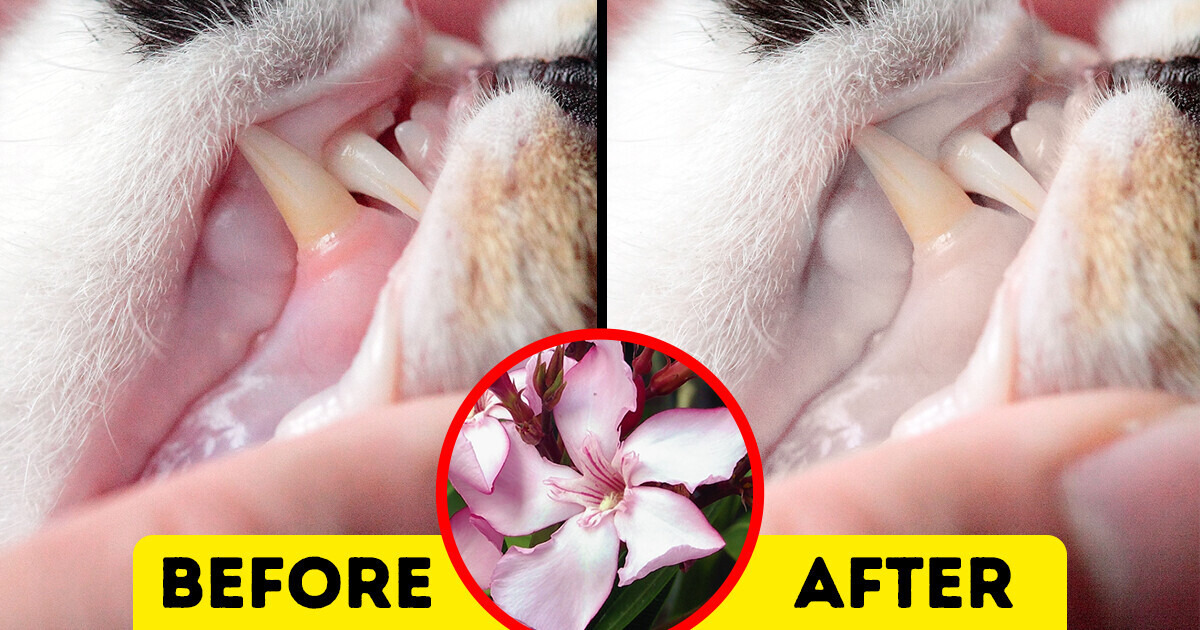10 Dads Who Carry Their Families With Quiet Kindness


When decorating your home or tending to your garden, you might unknowingly invite danger to your furry friends. While plants add beauty and freshness, some are hazardous to pets. These plants can pose significant risks to dogs and cats, from mild irritations to life-threatening reactions. Let’s uncover 10 common plants that might already be in your home and learn how to keep your pets safe.
Lilies are elegant and fragrant, but for pet owners, they can spell trouble. Certain types of lilies, including Easter lilies, Tiger lilies, and Asiatic lilies, are highly toxic to cats. Even small amounts can lead to kidney failure.
Why they’re dangerous: Lilies contain compounds that cats cannot metabolize. Symptoms of poisoning include vomiting, lethargy, and decreased appetite. Without prompt treatment, the damage can be irreversible.
Pet-safe alternative: Consider orchids. These non-toxic plants add beauty without the risk.
A popular houseplant due to its resilience and low maintenance, pothos is a common sight in homes. However, it contains calcium oxalate crystals that are harmful to pets.
Why they’re dangerous: If ingested, pothos can cause mouth irritation, drooling, and difficulty swallowing in pets. In severe cases, it may lead to breathing difficulties.
Pet-safe alternative: Replace pothos with spider plants. They’re just as easy to care for and safe for pets.
Oleander is a striking plant with delicate flowers, but it’s one of the most toxic plants for pets. All parts of the plant contain cardiac glycosides, which are highly dangerous.
Why they’re dangerous: Ingestion can lead to vomiting, diarrhea, decreased heart rate, low blood pressure — a sign could be pale gums, and even sudden death in severe cases.
Pet-safe alternative: Switch to hibiscus plants for vibrant, pet-friendly blooms.
Aloe vera is celebrated for its medicinal properties and ease of care. However, this plant contains aloin, a compound that’s toxic to dogs, cats, and even horses.
Why they’re dangerous: If consumed, aloe can cause vomiting, diarrhea, and lethargy. The gel inside the leaves is considered safe for external use.
Pet-safe alternative: Consider haworthia succulents, which look similar to aloe but are safe for pets.
Dieffenbachia’s striking foliage makes it a favorite indoor plant, but it poses a serious threat to pets. Its sap contains insoluble calcium oxalate crystals.
Why they’re dangerous: Pets that chew on this plant may experience intense mouth irritation, swelling, and difficulty breathing. While rarely fatal, it can be highly distressing.
Pet-safe alternative: Calathea plants are vibrant and completely safe for pets.
A symbol of spring, tulips are a garden favorite. Unfortunately, their bulbs contain toxic compounds called tulipalin A and B.
Why they’re dangerous: Dogs and cats may experience drooling, vomiting, and diarrhea if they ingest tulip bulbs. Severe cases can lead to convulsions.
Pet-safe alternative: Swap tulips with marigolds, which are safe and add a pop of color to your garden.
Daffodils brighten up any garden with their cheerful yellow blooms, but they’re not safe for pets. The bulbs contain lycorine, a toxic chemical that can harm both cats and dogs.
Why they’re dangerous: Symptoms of daffodil poisoning include low blood pressure, vomiting, drooling, and diarrhea. In severe cases, pets may experience tremors or cardiac arrhythmias.
Pet-safe alternative: Opt for sunflowers. They’re vibrant, easy to grow, and safe for pets.
Sago palms are a favorite for indoor and outdoor spaces, but they’re highly toxic to pets. All parts of this plant, especially the seeds, contain cycasin, a substance that can cause severe harm.
Why they’re dangerous: Ingestion can lead to vomiting, diarrhea, liver failure, and even death. Symptoms may appear within hours.
Pet-safe alternative: Swap sago palms with areca palms, which are non-toxic and pet-friendly.
Cyclamen is a popular flowering plant, often kept indoors for its bright blooms. However, its tubers are highly toxic to pets.
Why they’re dangerous: Ingestion can cause significant gastrointestinal distress, including vomiting and diarrhea. Large amounts can lead to seizures or heart rhythm abnormalities.
Pet-safe alternative: African violets provide colorful blooms and are safe for your furry friends.
English ivy is a classic ornamental plant for both indoors and outdoors. Unfortunately, it contains saponins that are harmful to pets.
Why they’re dangerous: Pets that chew on English ivy may experience drooling, vomiting, and abdominal pain. Severe exposure can cause respiratory issues.
Pet-safe alternative: Peperomia is a pet-friendly plant with similar trailing characteristics.
Signs of poisoning vary depending on the plant but often include vomiting, diarrhea, drooling, lethargy, and difficulty breathing. In severe cases, pets may experience seizures, tremors, or organ failure. If you notice these symptoms, seek veterinary care immediately.
Start by cross-referencing your plants with lists provided by reputable organizations like the ASPCA. Pay attention to features like sap, bulbous roots, or shiny leaves, which are often indicators of toxicity. When in doubt, consult a local plant expert.
Awareness is the first step in ensuring your pet’s safety. Research plants before bringing them into your home, and educate yourself about common toxic species. Share this knowledge with other pet owners to spread awareness.
If you suspect plant poisoning, remove any plant material from your pet’s mouth and contact your veterinarian or a pet poison helpline immediately. Provide information about the plant and its symptoms. Avoid inducing vomiting unless instructed by a professional.
Looking for low-maintenance indoor plants that can also boost your health? Check out this list.











